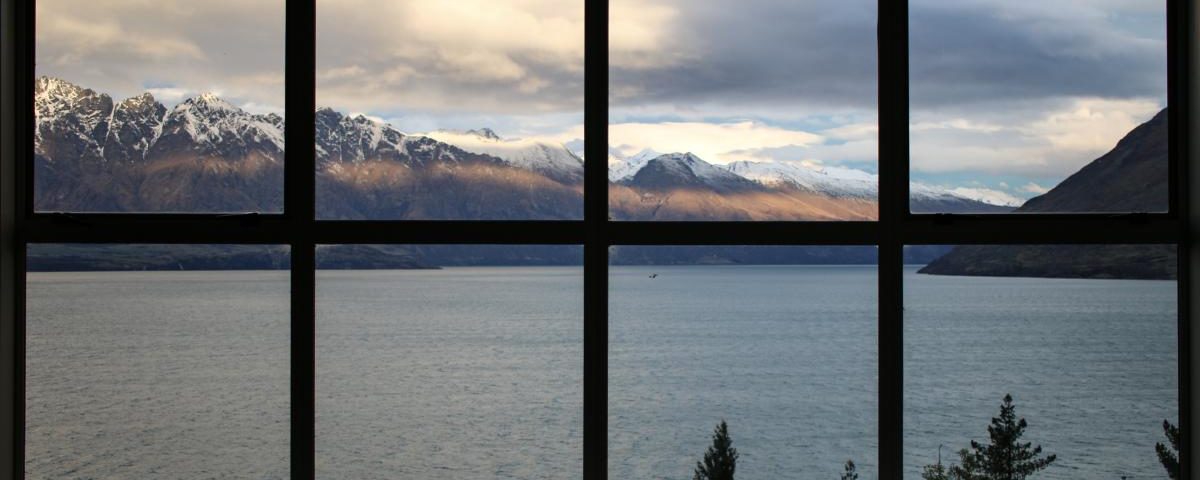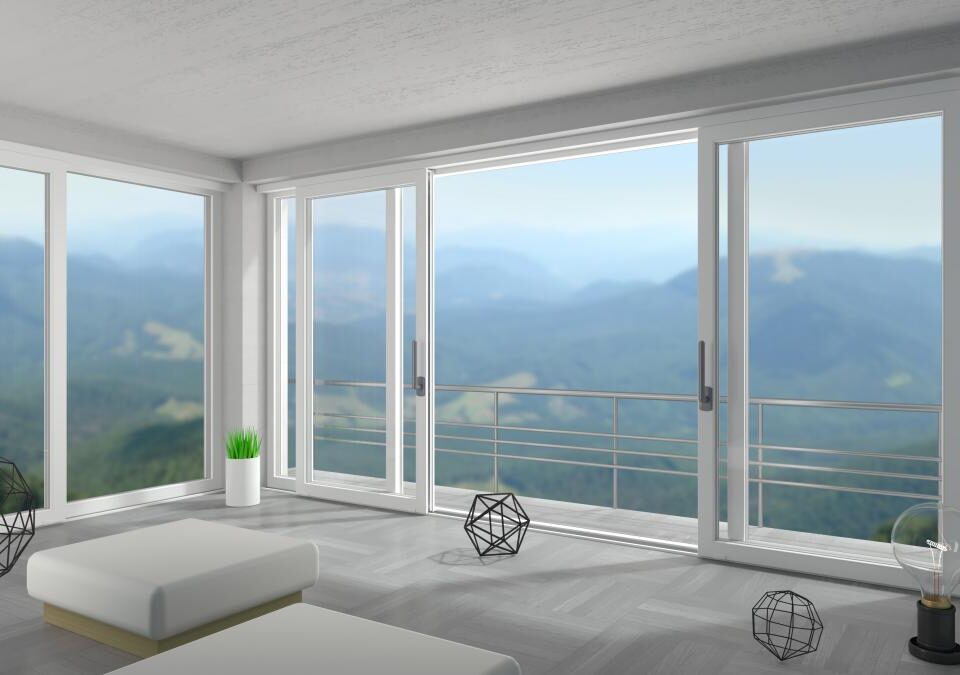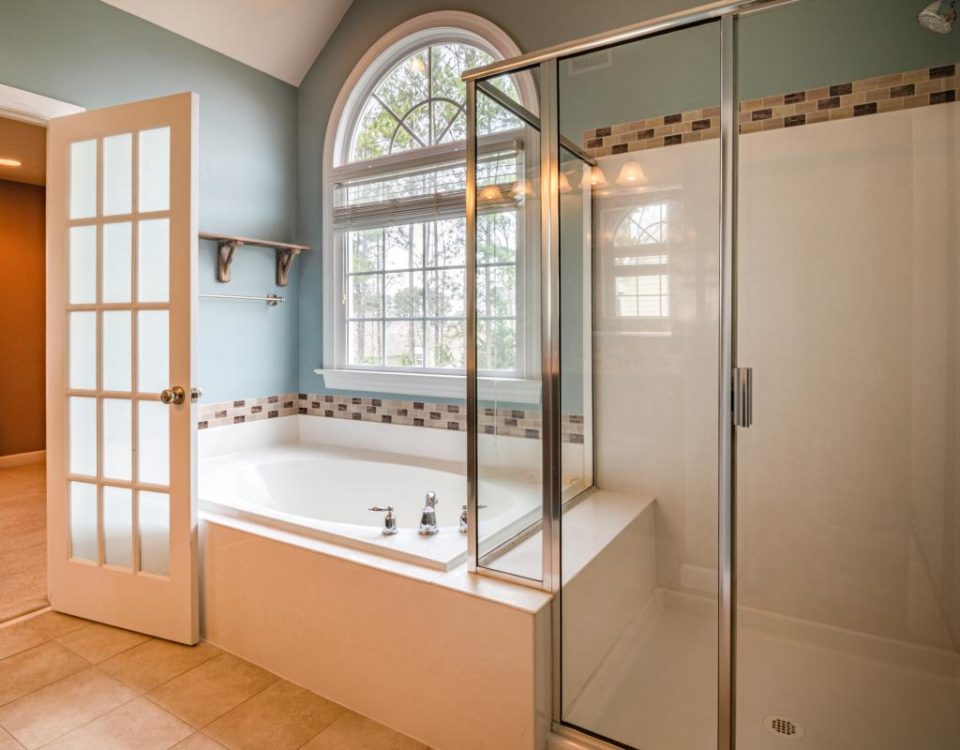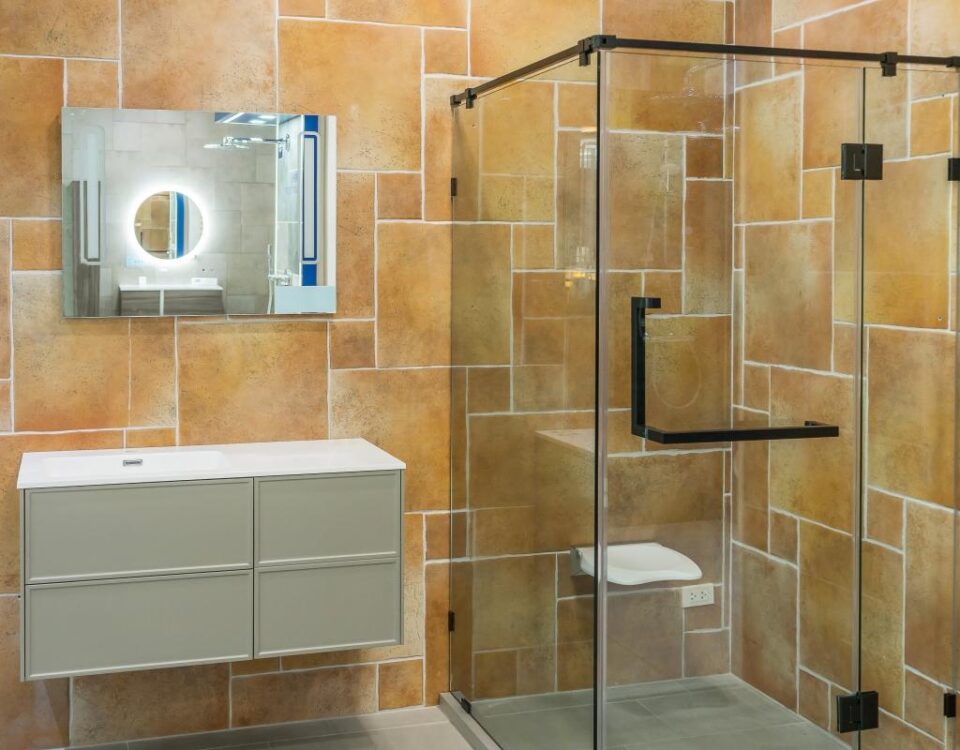Everything to know about windows

How a frameless shower increases your home’s value
June 3, 2020Numerous highlights and innovations make windows more energy-efficient and improve durability, beauty, and usefulness. While choosing new windows, think about the frame materials, the coating or glass highlights, gas fills and spacers, and the type of operation.
Frames
Improving the thermal resistance of the frame can add to a window’s overall energy efficiency, especially its U-factor. There are PROS and CONS to all types of frame materials. However, vinyl, wood, fiberglass, and some composite frame materials provide greater thermal resistance than metal.
Aluminum or Metal Frames
Although solid, light, and nearly support free, metal or aluminum window outlines conduct heat quickly, which makes metal a poor protecting material.
To lessen the heat stream and the U-factor, metal frames should have a thermal break – a protecting plastic strip set within and outside the structure and sash.
Composite Frames
Composite window outlines comprise of composite wood items, for example, particleboard and overlaid strand timber, and some are blended in with polymer plastics. These composites are entirely steady, have the equivalent or better elemental and thermal properties as conventional wood, and have better dampness and rot obstruction.
Fiberglass Frames
Fiberglass window frames are dimensionally stable and have air hollows filled with insulation, giving them optimum thermal performance compared to wood or uninsulated vinyl.
Vinyl Frames
Vinyl window outlines are generally made of polyvinyl chloride (PVC) with bright light (UV) stabilizers to shield sunlight from damaging the material. Vinyl window outlines don’t require painting and have great dampness resistance. The hollow cavities of vinyl frames can be loaded up with insulation, which makes them thermally better than standard vinyl and wood outlines.
Wood Frames
Wood window outlines protect moderately well, yet they require regular maintenance, even though aluminum or vinyl cladding reduces maintenance requirements. Metal clad wood casings may have marginally lower thermal performance.
Glazing or Glass
Apart from choosing the type of frame, you should consider the type of glazing or glass that utilizes to improve your home’s energy efficiency. Based on various window design factors such as window orientation, climate, building design, etc., you may even want to choose different types of glazing for different windows throughout your home.
Insulated
Protected window coating refers to windows with at least two sheets of glass. The glass sheets are separated and hermetically fixed to protect the window, leaving a protecting air space. Protected window coating fundamentally brings down the U-factor. However, it additionally brings down the SHGC.
Low-Emissivity Coatings
Low-emissivity (Low-E) coatings on coating or glass control heat move through windows with protective coating. Windows with Low-E coatings typically cost about 10% – 15% more than standard windows; however, they reduce energy loss by as much as 30% to half.
A Low-E covering is a minutely slim, virtually invisible, metal or metallic oxide layer saved directly on the outside of at least one of the sheets of glass. Its covering brings down the U-factor of the window. Various kinds of Low-E coatings have been designed to take into consideration high sun based addition, moderate sun-powered increase, or low sun based addition. A Low-E covering can likewise lessen a window’s VT except if you utilize one that is spectrally selective.
Although the coatings are typically applied during assembling, some are accessible for those that like to do it yourself. These films are affordable compared to complete window replacements, lasting 10-15 years without stripping, saves energy, decreases texture blurring, and increases comfort.
To learn more about windows, contact Texas Glass.




